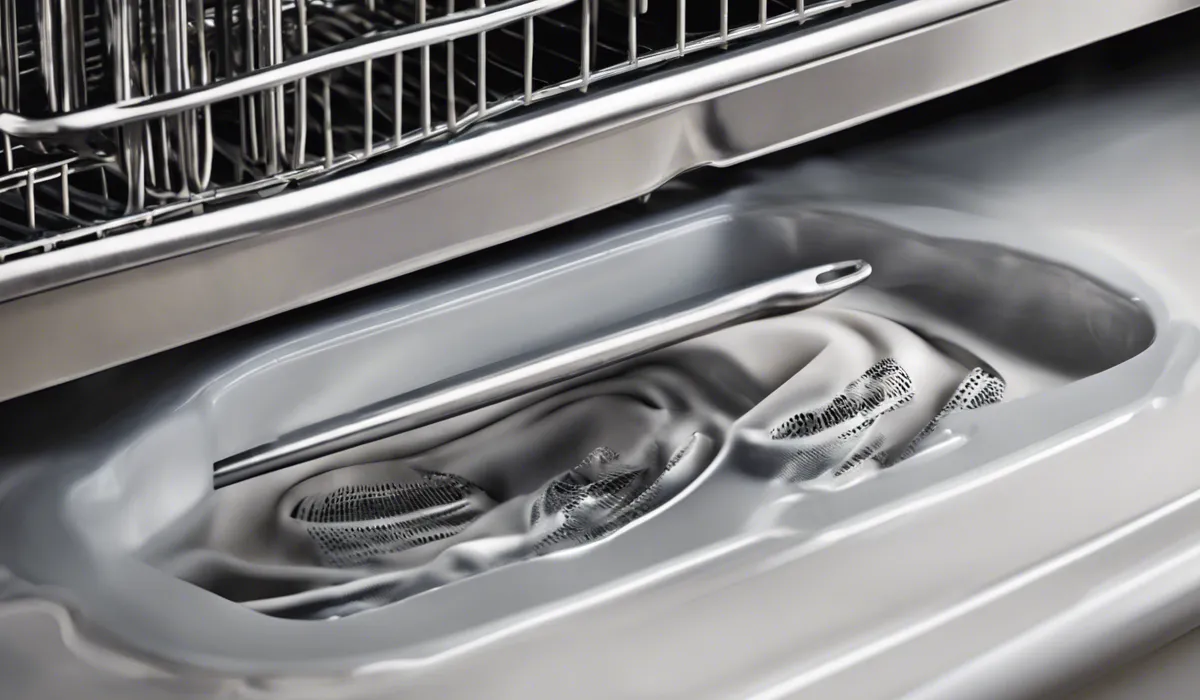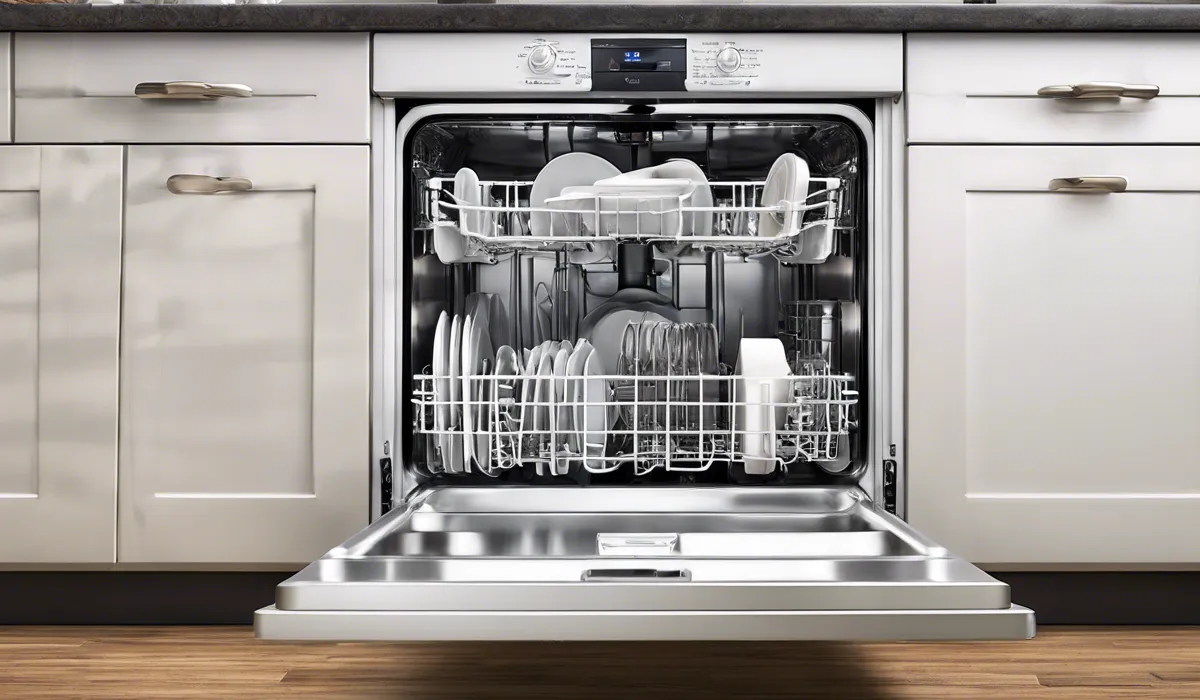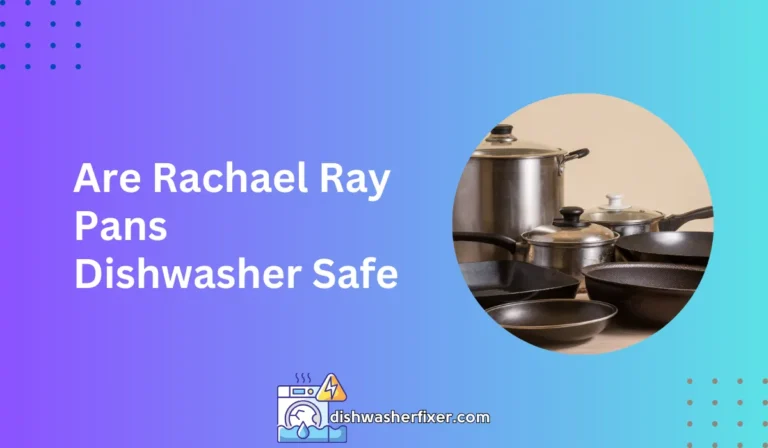How to Attach Dishwasher Drain Hose: Quick & Leak-Free Guide
To attach a dishwasher drain hose, first secure the hose to the dishwasher’s drain port with a hose clamp. Next, route the hose to the sink drain or garbage disposal, ensuring it arcs upward to prevent backflow. Finally, attach it with another clamp to the drain or disposal unit.
Preparing to Attach the Dishwasher Drain Hose

Gather Necessary Tools and Materials
Before starting the project, make sure you have the right tools and materials on hand. You will need a screwdriver to help remove any panels and secure connections.
Hose clamps are essential for attaching the hose securely to the dishwasher and the plumbing system. Teflon tape might be required to ensure a watertight seal on threads.
It is always wise to have a towel or sponge nearby to clean up any water that may spill during the process.
Turn Off Power and Water Supply
It is crucial to prioritize safety by turning off the power and water supply to the dishwasher. Locate the shut-off valves for the water supply and the power source for the dishwasher, which may be under the sink or in the home’s circuit breaker.
Turning off the water supply will prevent any accidental spills, and cutting off the power will ensure safe working conditions as you install the drain hose.
Access the Dishwasher Drain Connection
To reach the dishwasher’s drain connection, remove the kick plate located at the bottom front of the machine using a screwdriver.
This will expose the area where the drain hose will be connected. Identify the port on the dishwasher where the drain hose will be attached; it’s usually a small protrusion with a threaded end that is designed to accommodate the hose.
Attaching the Dishwasher Drain Hose to the Dishwasher

Measuring and Cutting the Hose to Length
Measure the distance between the dishwasher drain connection and where it will connect to the plumbing system.
Ensure the hose is long enough to reach without stretching, but not so long that it sags or forms sharp bends, which could restrict water flow. Cut the hose to the appropriate length, taking care to make a straight, clean cut for the best seal.
Securing the Hose to the Dishwasher
Slide a hose clamp over the end of the hose before attaching it to the dishwasher’s drain port. Push the hose onto the port and slide the clamp into place. Tighten the clamp with a screwdriver to ensure a tight seal that will prevent any potential leaks.
Route the Hose Properly
After securing the hose to the dishwasher, route it towards the plumbing system while avoiding any sharp bends or areas where it could be pinched or damaged.
Follow the manufacturer’s guidelines for hose placement, which might include attaching the hose to the underside of the countertop or running it through a cabinet to reach the sink area.
Connecting the Drain Hose to the Plumbing System

Identify the Drain Connection Options
There are a few different methods for connecting the dishwasher drain hose to your plumbing.
The high loop method involves running the hose to the highest possible point under the countertop before it descends to the connection point to prevent backflow.
If an air gap fitting is used, it should be mounted to the sink or countertop. For homes with a garbage disposal, the hose can be attached directly to a port on the disposal unit.
Attach the Hose to the Sink Drain or Garbage Disposal
Depending on your setup, attach the hose to the sink drain’s plumbing or the garbage disposal unit using a hose clamp.
If the connection involves threading the hose onto a pipe or nipple, use Teflon tape to wrap the threads before connecting to ensure a watertight seal. Ensure the clamp is tight and secure to prevent the hose from slipping off or leaking.
Test for Leaks
With everything connected, it’s time to test for leaks. Turn the water supply and power back on and run the dishwasher through a cycle. While it’s running, check all the connections for water seepage.
Pay special attention to the areas where hose clamps are installed, as these are common points for potential leaks.
Final Adjustments and Securing the Hose
After confirming that there are no leaks, make any necessary final adjustments to the placement of the hose to ensure there are no kinks or obstructions.
Secure the hose in place using clamps or straps to keep it from moving or sagging. Tidy up the installation area by replacing the dishwasher’s kick plate and ensuring all tools and materials are cleared away.
By following these steps and using the right tools, you can successfully attach a dishwasher drain hose and ensure it operates efficiently without leaks.
Remember to consult your dishwasher’s manual for any specific instructions related to your model. Proper installation will help extend the life of your dishwasher and avoid any unwanted water damage.
FAQs About Attaching Dishwasher Drain Hose
How do I secure the dishwasher drain hose to the dishwasher?
Secure the dishwasher drain hose to the dishwasher’s drain port using a hose clamp by tightening the clamp around the hose where it fits onto the port.
What is the correct way to route the dishwasher drain hose to the sink?
Route the dishwasher drain hose to the sink drain or garbage disposal, making sure it forms a high loop or arc to prevent backflow before going down to the connection point.
How do I prevent backflow in the dishwasher drain hose?
Prevent backflow by ensuring the dishwasher drain hose arcs upward, creating a high loop, before it attaches to the sink drain or garbage disposal.
What is the final step in attaching the dishwasher drain hose?
The final step is to attach the dishwasher drain hose with another hose clamp to the sink drain or garbage disposal unit.
Can I attach the dishwasher drain hose directly to the sink drain?
Yes, you can attach the dishwasher drain hose directly to the sink drain or to a garbage disposal unit, depending on your plumbing setup.
Final Thoughts
Attaching a dishwasher drain hose involves securing it with a clamp to the dishwasher, routing it upwards to prevent backflow and then fastening it to the sink drain or garbage disposal with another clamp.
This upward arc, also known as a high loop, is crucial for proper drainage and to avoid potential contamination of the dishwasher.





